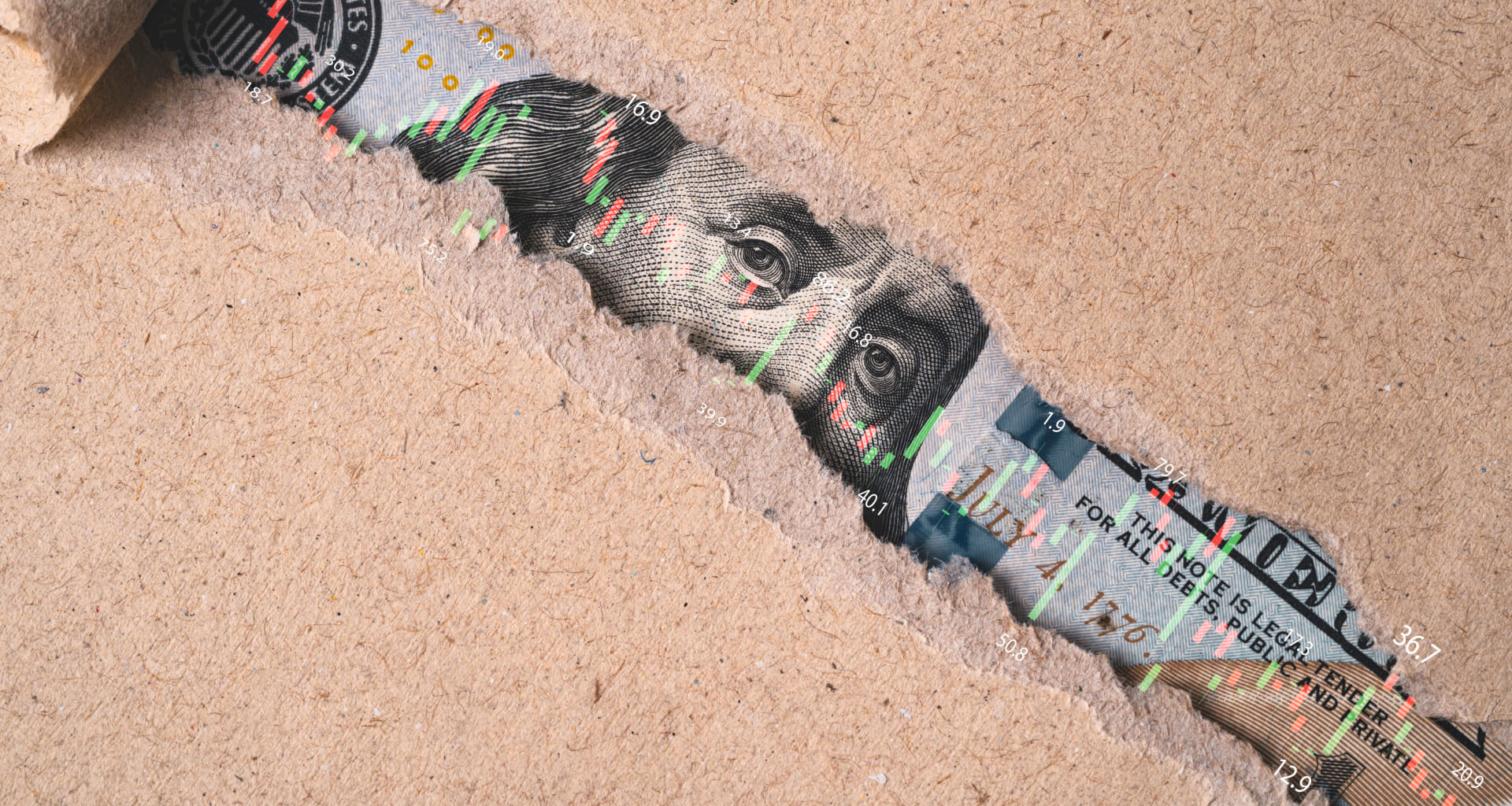Once a month, the US Bureau of Economic Analysis publishes data on Personal Consumption Expenditures Index (PCE). This is one of the most important inflation indicators for the US Federal Reserve. Some Fed officials pay much more attention to it than to the Consumer Price Index (CPI). This is because the calculation of the Consumer Price Index is based on a fixed basket of more than 80,000-100,000 goods, services, and rents which are given different weights based on a survey of households. This fixed basket prevents consumers from rejecting goods and services whose prices are rising, so the CPI may overstate the actual inflation rate in the economy. The personal consumption expenditure measure uses a basket of what people actually buy each month based on consumer spending. PCE is a broader and more timely measure of consumer behavior. In other words, the PCE more accurately reflects changes in the prices of goods over time.
Every month the Bureau of Economic Analysis publishes two inflation reports - a general and a core one. The difference between the core and general index is that the core index excludes food and fuel from the calculations, so these figures are always lower.
How to read the PCE data?
The same way you read Consumer Price Index data. If the PCE index shows an increase, it is a sign of rising prices for common goods and services, indicating an increase in inflation in the economy. If there is a rise in inflation, it is usually a sign that the central bank will tighten monetary policy. The tightening of policy is usually accompanied by a strengthening of the national exchange rate.
Let’s look at a concrete example. Last week the latest PCE data was released on Friday, May 27. The index was 6.3% y/y in April, while in March, it was 6.6% y/y. There was a 0.3% decline, and it was the first decline in the index since November 2020. This is the first sign of slowing inflation. Following this news, the dollar index fell while the US stock indices rose sharply amid confidence that a slowdown in inflation could dampen the Fed’s fervor for an aggressive monetary policy.
Now you know that it is important to monitor not only the inflation rate (CPI) but also the Personal Expenditures Price Index (PCE), which provides an early indication of the growth or slowdown of inflation in the economy.

 Index.jpg)

